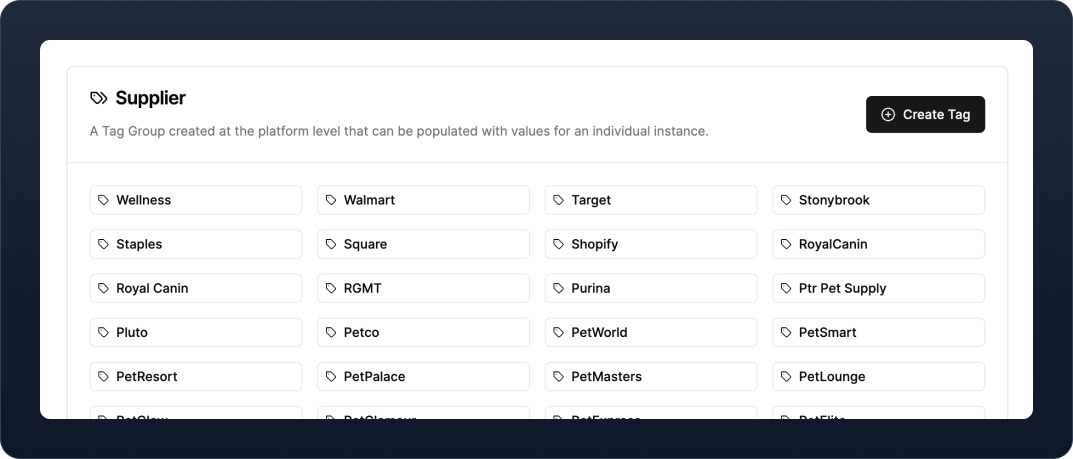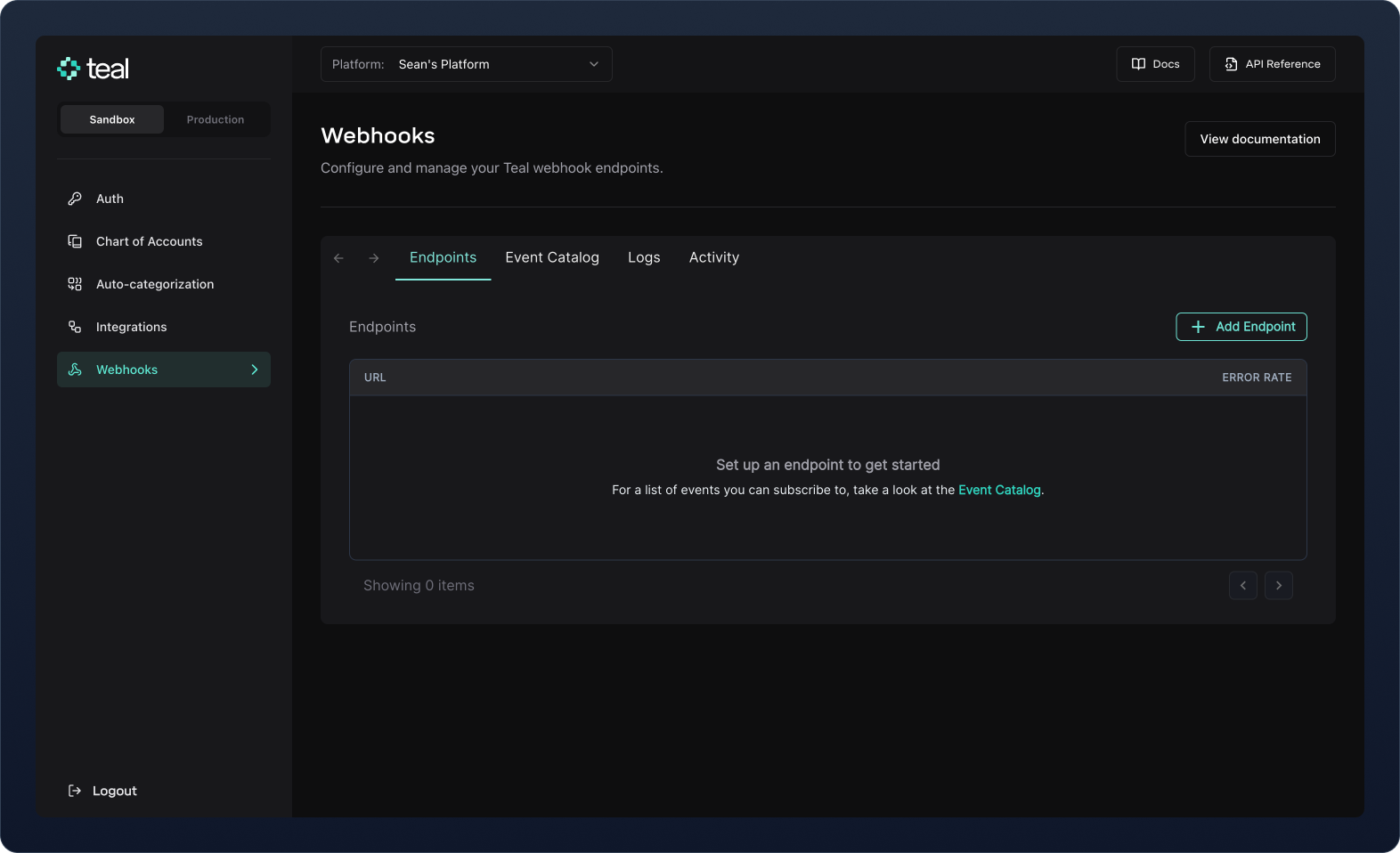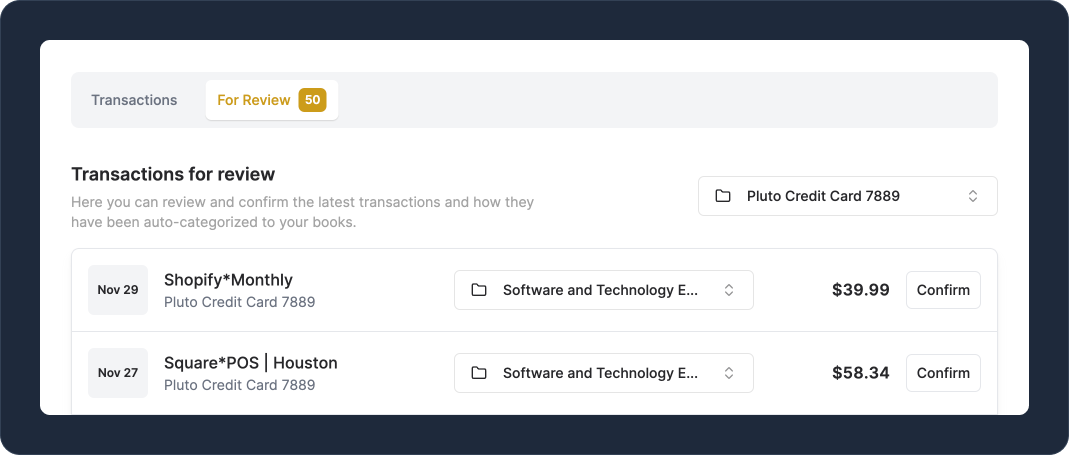Multi-entity support
You can now represent a multi-entity organization structure by configuring an Instance as a subsidiary of another Instance. This allows you to provide a more streamlined accounting experience for Parent entities. You can also generate consolidated financial reports for Parent entities when you upgrade the Parent Instance subscription tier to Tier 5. Learn more.
Personal Accounts
We have made it easier to import business transactions from a personal financial account. To indicate that a financial account is for personal use when Linking a Plaid Account, provide both draw_ledger_id`` and contribution_ledger_id parameters. You can also manually create a personal transaction source account using the same parameters.
Once the personal account has been created, your users will need to identify business-related transactions. Use the Bulk Update Transactions to Business endpoint to mark those transactions as business. Learn more.
Improvements & fixes
-
Added ability to update a ledger
sub_typewithout specifying ledgertype. -
Fixed a bug that resulted in duplicate transactions when a processor token is updated.



